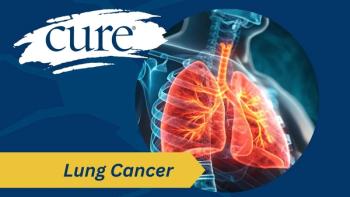In the fall of 2008 I left the hospital after what I planned as my last-ever breast surgery. The year before, I had been diagnosed with DCIS in my left breast, which was treated with a mastectomy. I had had a mastectomy on m right breast in 1986 as part of my journey with stage 2B breast cancer. After the 2007 mastectomy for DCIS, I had immediate reconstruction with the back flap and an expander inserted. My trip back to the OR in fall 2008 was to replace the expander with the newest model of implant. The trickier surgery was a redo of my then 21-year-old reconstruction on the right side. My surgeon planned to take out the old implant and replace it with the same one used in the left side to fill in a divot on my chest. All was well for a week, then, the day I went in to get the drains out, I began to feel really bad. To make a long story short, I had a staph infection in the right breast. In fact, the surgeon took one look at what was in the drain and sent me to the infectious disease specialist one floor down. What followed was a picc line, my own I.V. pole, and oral antibiotics for three months. It was horrible. And worse than the fatigue and feeling terrible in general, was the depression that accompanied my body dumping all my serotonin in reaction to an infection. When I learned my infection was methicillin-resistant Staphylococcus aureus, also known as MRSA, I was really upset. But I soon learned that there were a number of drugs to treat MRSA, and we would become good friends. What has become an ongoing battle for me even today seems not quite as bad when I read about the newest strains of hospital-associated infections in a recent article in The New York Times, some of which have no drugs available and are killing people right and left. These global nasties, which are spreading in a number of ways, are a testament to the resilience and morphing ability of these bacteria. The newest infections, called Gram-negative organisms, can cause severe pneumonia and infections of the urinary tract bloodstream and other parts of the body. The scary part of this is that as more and more resistant strains are popping up, fewer and fewer antibiotics are being developed--in part because they are costly to develop for such tricky organisms and then there isn't much payback when the patient only takes them for a few weeks. The challenge is that advocacy groups argue that more antibiotics will only result in more resistant strains that are harder to kill, and the real job is to keep patients from getting infections while they are in the hospital. It's a scary problem.





